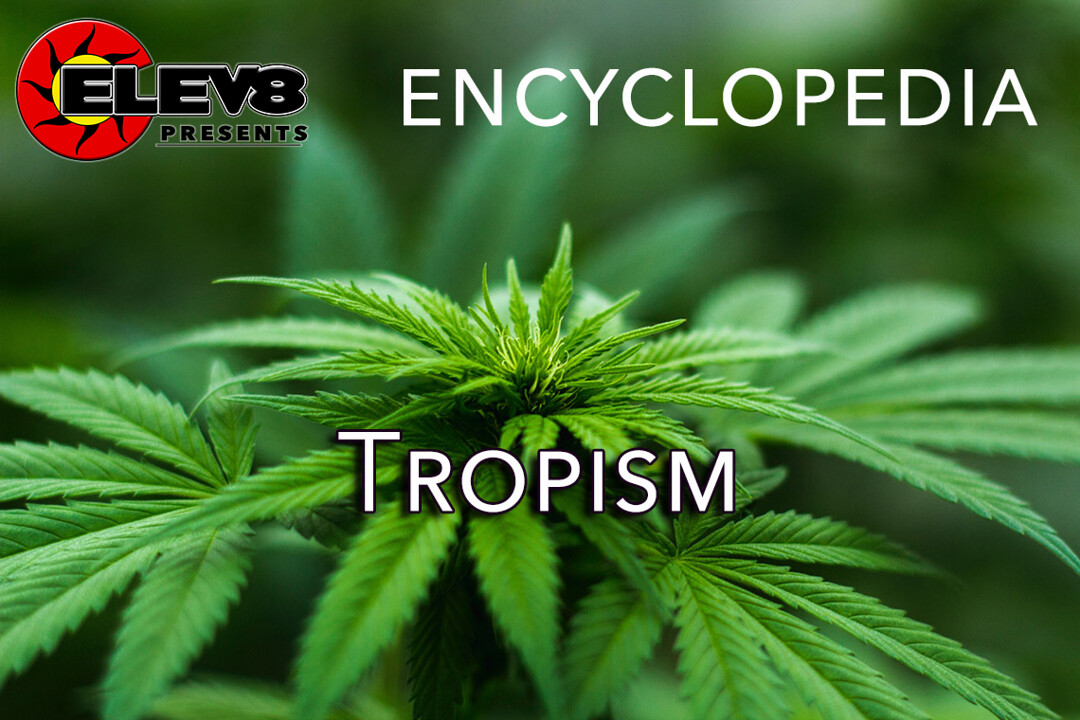What does Tropism mean?
In horticulture, the term tropism refers to a plant’s biological ability to move by itself in response to various forms of external stimuli, be it light, wind, chemicals, touch, temperatures, gravity, and more.
There are several types of “tropisms” relating to plants, but each type of tropism refers to a directional stimulus that leads to a movement response. For example, there are considered six ways plants move: phototropism, gravitropism/geotropism, thigmotropism, chemotropism, hydrotropism, and thermotropism.
Although plant hormones have much to do with how a plant responds and moves according to its environment, the subject of tropisms in general remains somewhat of a phenomenon among the scientific community.
More Info On Tropism
Some plants stop growing when they are relocated, especially in poor weather conditions. To determine where to move the plants, botanists and gardeners often observe its tropic responses and note the direction towards which the leaves move in search of light. In most cases, botanical tropic responses occur after differential growth.
Botanists differentiate between various types of tropisms. Aerotropism, for example, occurs when the plants grow either away or towards an oxygen source. On the other hand, chemotropism occurs when the plants thrive in direct response to chemicals. In some cases, botanists have also noticed electrotropism in plants, whereby they grow towards an electric field.
Additionally, space scientists have experimented with the effects of zero gravity on plants, resulting in gravitropism and geotropism in plants. Other popular types of tropic responses in plants include thigmotropism and thermotropism, whereby the plants grow in response to touch and temperature respectively.







